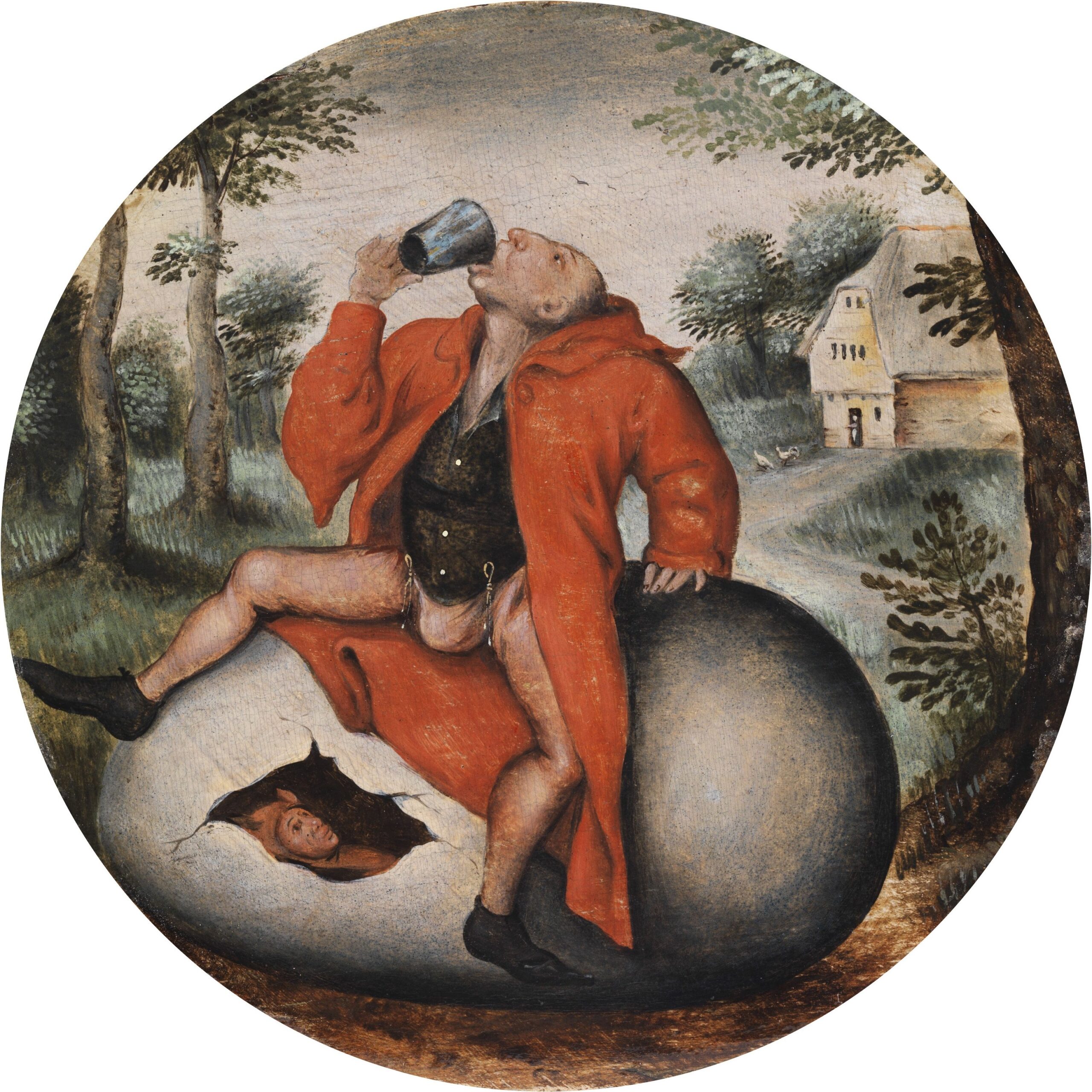During the medieval times, the Cod piece was a popular fashion accessory among men in the 15th and 16th centuries. It was essentially a covering for the genitalia, but it served a dual purpose of both protection and fashion statement.
The Cod piece was made of various materials such as leather, silk, or linen, and was often richly decorated with embroidery, lace, or jewels. It was a symbol of masculinity and served as a powerful and visible display of wealth and status.
In fact, during this time, men would go to great lengths to show off their Cod pieces, which could be enormous in size. Some even used special padding or “bombasts” to make them appear even larger.
The competition for the largest Cod piece was intense, and it was not uncommon for men to dress provocatively to draw attention to their nether regions. It became such a prominent trend that those who couldn’t afford the expensive materials used to make the Cod pieces felt left out.
However, as time went on, modest and more practical clothing options became more popular, and the Cod piece fell out of fashion. By the 17th century, it was seen as an outdated and impractical accessory, and men opted for more functional clothing options instead.
Despite its brief popularity, the Cod piece left behind a legacy, and its size and style continue to fascinate historians and fashion aficionados today. Its evolution from a practical protection to a fashion statement is a testament to the way that fashion follows the dictates of culture and society, and how it can sometimes cross the line from practicality to frivolity.



